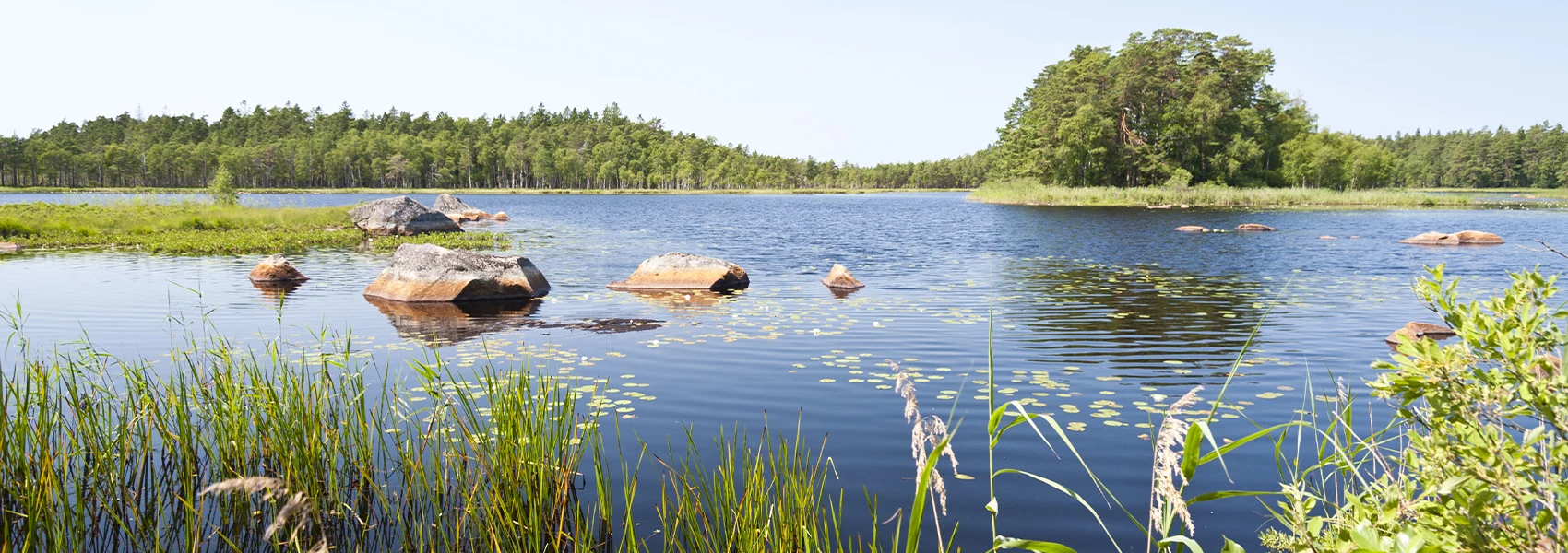
Published 21st Jan. 2023
Reading time
The mystique of myth and folklore is woven into the tapestry of Sweden’s landscape. The siren call of the Skogsrå (a female forest spirit) echoes through the trees, trolls gather on rocks and boulders to celebrate Christmas, and lantern-bearing beings are said to haunt otherwise enchanting forests. Swedish mythology is derived from a complex belief system shared with other Scandinavian countries, and its figures are very much alive in the collective imagination. To help demystify the tales that inspired everyone from J. R. R. Tolkien to Marvel’s Stan Lee, we’ve put together this introductory guide to Swedish folklore and mythology.
Swedish mythology has its roots in Old Norse mythology, just like the myths of Iceland, Denmark and Norway. As a result, the tales and legends of each country feature similar gods, creatures and characters. Also referred to as Nordic or Scandinavian mythology, Norse mythology is what the people of Early Medieval Scandinavia (Vikings) believed in, and most of what we know comes from two texts: the Prose Edda and the Poetic Edda. You’ll also find depictions of Sweden’s folklore in influential books such as John Bauer’s Bland Tomtar Och Troll (Among Gnomes and Trolls), an illustrated anthology of fairy tales that sheds light on the creatures hiding in the shadows.
The nine realms of Swedish mythology (said to be contained within the branches and roots of an immense sacred tree called Yggdrasil) are home to a number of different deities and beings. At the top is Asgard, the world of gods such as Odin and Thor, and in the middle is Midgard, where us lowly earthlings live. There are no prizes for guessing where Hel is located, though unlike the Christian hell, it isn’t always depicted as a place of endless suffering. There’s also Álfheim, land of the elves, along with Muspelheim, Niflheim, Jotunheim, Vanaheim and Svartalfheim, with each realm containing its own unique cast of mythical beings.
Because Norse religion was polytheistic, there are countless gods and goddesses to get to grips with. You’ve probably heard of Thor – the hammer-wielding God of thunder who bears a striking resemblance to Chris Hemsworth – and you may also be familiar with Odin: sometimes described as Thor’s father, he’s associated with wisdom, healing, knowledge, victory… the list goes on. Thor, Odin and his wife, Frigg, belong to the main clan of gods, Æsir, along with others like Loki, Hod, Heimdall and Tyr. The second clan, Vanir, is mostly made up of wealth and fertility gods, the most notable being Njord and his twin children Freyja and Freyr. Legend has it that a great war waged between the two clans, but when neither side could overpower the other, peace was eventually made.
So you’ve heard of elves, dwarves and trolls, and you now know about Norse mythology’s most important gods – but believe it or not, that’s just the beginning. According to Swedish folklore, many other creatures, spirits and beings are said to hide in the forests, lurk in the shadows and lie in wait in the water. The Näcken are beautiful, violin-playing men who trick women into jumping into the water before drowning them, while Skogsrå (or huldra) is a benign yet seductive forest spirit with a cow’s tail. Tomten are invisible gnomes that take care of farms and children, and the hideous and fearsome Draugen appears during storms at sea, drowning sailors and tormenting those who have wronged him. Intrinsically connected to nature, the creatures of Sweden’s myths can be kind, wicked or a little bit of both.
If this introduction to Swedish mythology has you yearning to hunt for Huldra, search for spirits or stand where the great Vikings once stood, we know just where to look. Sweden’s natural and historical sites are steeped in legend, and where better to start than at the Rök Runestone? This 8ft-tall stone inscribed with runes is said to mark the beginning of the history of Swedish literature, and some believe it contains remnants of Norse mythology. Sweden’s national parks are wonderful places to immerse yourself in mythological wonder, particularly Åsnen National Park, a favourite among trolls, and Tyresta National Park, haunted by the lantern-bearing Lyktgubben. You’ll find sacred Viking mounds surrounding the Upplandsmuseet in Uppsala, and the grounds are also said to be where Yggdrasil once stood. Finally, the Museum of Legends in Ljungby is the perfect place to brush up on your mythological knowledge.
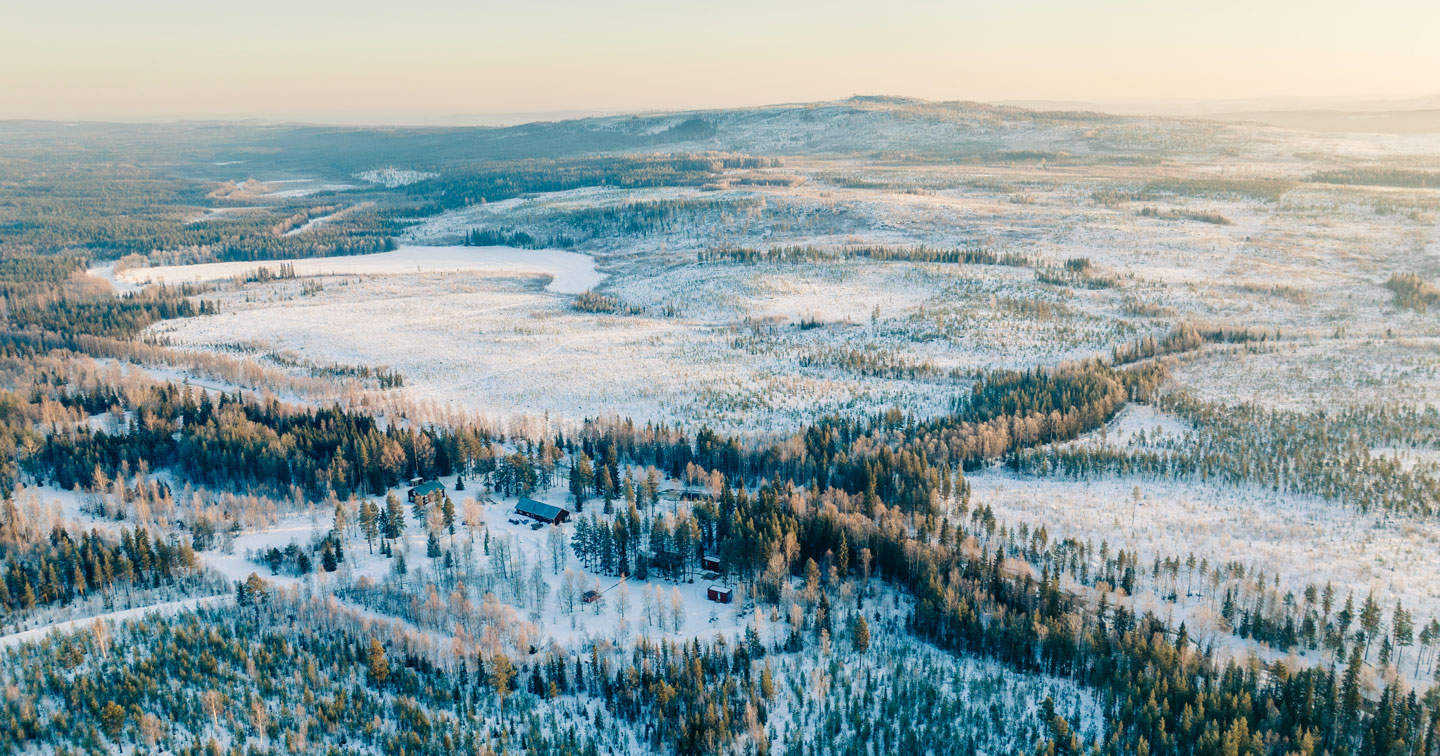
Enthusiasm is contagious, and there’s no better way to get excited about a Swedish getaway than by talking to our travel consultants. Tap into the Swedish wilderness in a specially selected cabin (we’re constantly on the hunt for the best), or fika ‘til you drop in our favourite Stockholm cafes (which we’ve done the tough job of testing out for you). Along with our hands-on Concierge team, we can help you do as the locals do and organise the best activities for your trip, from overnight dog sledging to outdoor cooking.
ENQUIRE NOWPractical advice and inspiration for your next trip
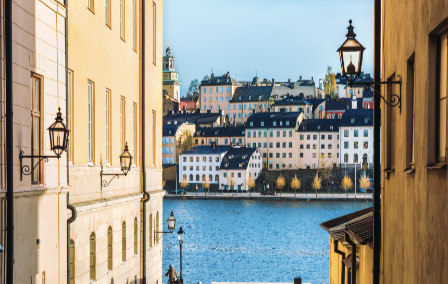
Stockholm or Gothenburg, Gothenburg or Stockholm... As Sweden’s stylish capital (and, more importantly, the birthplace of ABBA), the answer to this question appears to be a no-brainer. What could be more iconic than the hometown of the Swedish supergroup? Yet, as trendy and charming as Stockholm is, Gothenburg also has a lot going for it. Built along Dutch-style canals and blessed with leafy boulevards, Sweden’s ‘second city’ has everything you could want from a lively metropolis – without the crowds.
5th April 2025 - Sweden Culture
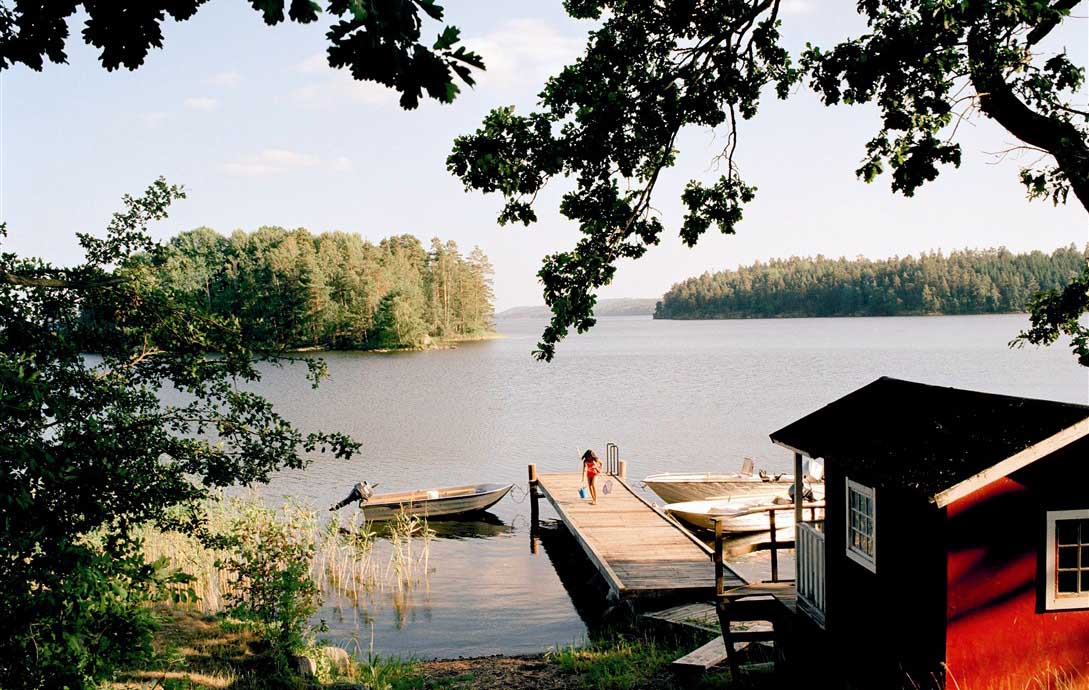
From its fairy-tale-like landscapes to its vibrant cities and otherworldly Northern Lights displays, Sweden is an easy country to fall in love with. Beauty abounds in this Nordic nation, and you’ll find plenty to point your camera at, whether it’s the colourful buildings and cobblestone streets of Stockholm, the frozen lakes and sugar-dusted mountains of Swedish Lapland or sweeping wildernesses and sandy beaches of Gotland.
1st February 2025 - Sweden Travel Inspiration
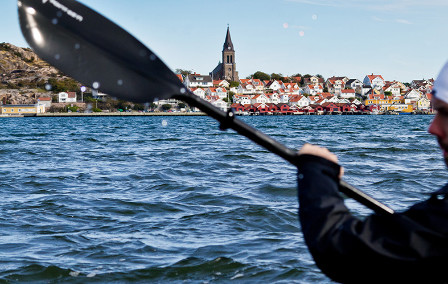
The Swedes know how to embrace the great outdoors, and our Europe specialist, Valeria, discovered what the hype’s all about during her recent research trip. She learnt about lobster fishing, relaxed in a lakeside sauna, slurped fish soup, hopped between islands on ferries and appreciated the country’s eco way of life...Valeria’s trip was nothing short of authentically Swedish. Interested in learning all about it?
20th November 2024 - Sweden Travel Tips

Our team of destination experts will get to know you and your unique requirements for your holiday

We work with you to build an ultra-personalised holiday itinerary with your choice of accommodation, experiences and activities

All of our holidays include little extras designed to make a big difference to your trip, from fast-tracking you through airport check-in and security to our network of local Concierges